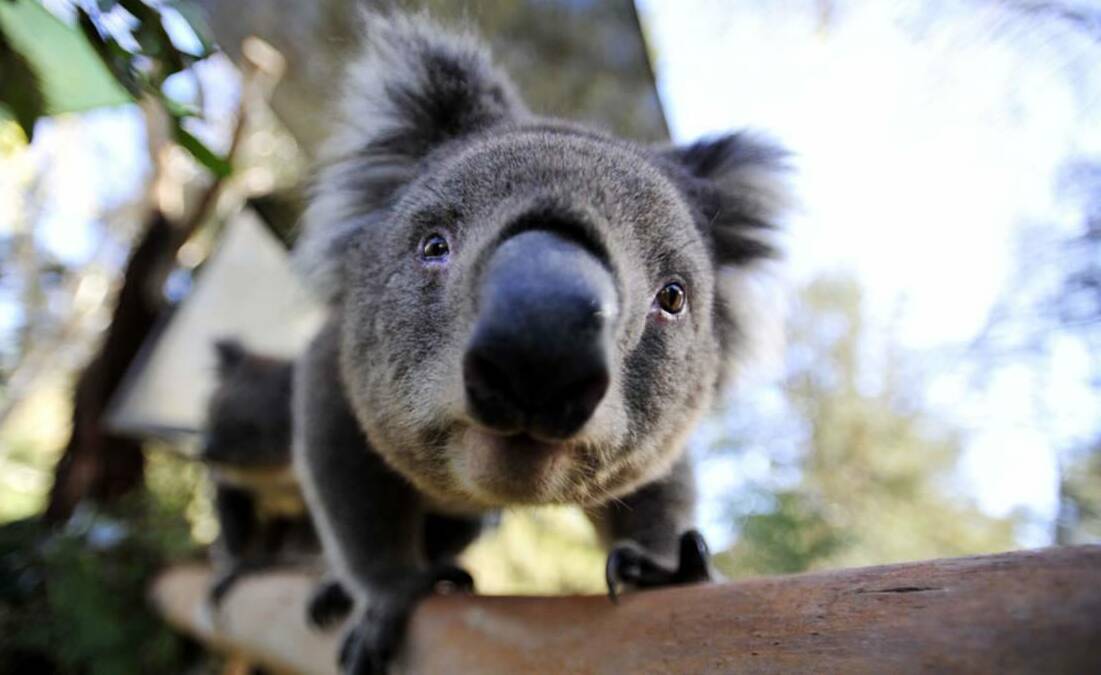
Research is urgently needed to fill knowledge gaps about koala populations in Cessnock and Lake Macquarie, according to data collected by the NSW Environmental Defenders Office.
The NSW Koala Strategy shows that both Local Government Areas contain areas of regional koala significance with about 44 per cent of vegetation classified as preferred koala habitat.
However, a significant amount of habitat has been threatened following the 2019-2020 bushfires. About 30 per cent (58,497 ha) of Cessnock Local Government Area burnt close to areas where long-standing resident koala populations are known to live.
Collisions with cars and other vehicles recorded across the two areas have increased from one to two to seven over the last three koala generations respectively.
"This is a serious concern as it only takes a 3 per cent loss of koalas per year to drive population decline," Jeff Angel, Director of Total Environment Centre , which manages Sydney Basin Koala Network said.
Although NSW has many laws and policies that aim to protect koalas and their habitat, SBKN says that many natural resource laws continue to enable koala habitat destruction.
"Offsets are overused and not ecologically robust: koala habitat continues to be destroyed through the use of offsets, which allow proponents to set aside other land or pay money into a fund in order to be able to destroy koala habitat, Mr Angel said.
"Safeguards are failing; important legal safeguards aimed at safeguarding threatened species from hight-impact development, are poorly implemented or under-utilised."
SBKN has called on local councils to develop comprehensive koala plans of management, to be supported by NSW government legislation.
"After extensive review, it's clear that our laws are
not up to the task of protecting koalas and their habitat. We have identified multiple opportunities to
strengthen koala laws and policies," Environmental Defenders Office Special Counsel Cerin Loane said.
"We need urgent reform together with ongoing support for government agencies and private landholders to identify koala habitat, assess threats, and properly implement the rules."
"While the full impact of the Black Summer bushfires is yet to be established, the loss of koala habitat from fire (such as 78.7% in the Hawkesbury) has seen habitat closer to urban areas become critical to recovery, as protection against fire is prioritised in these areas."
The NSW Koala Strategy is the State Government's response to the findings of the Inquiry into koala populations and habitat in NSW. It concluded that without government intervention, koalas could be extinct in NSW by 2050.
A NSW Department of Environment and Heritage spokesman said the strategy was backed by more than $190 million, which is the biggest commitment by any government to a single species in Australia.
"It delivers a range of targeted conservation actions to secure more habitat, support community conservation, address key threats to koala safety and health, and utilise science and research to build knowledge," he said.
The NSW Government contributed $3 million to the Port Stephens Koala Sanctuary as part of work across the state to improve the health and safety of koala populations.
A regional partnership has been established in the Mid Coast region, working across both MidCoast LGA and Port Stephens LGA.
"As part of the regional partnership, $450,000 is being delivered in the MidCoast LGA and Port Stephens LGA to deliver rigorous on-ground ecological assessments and appropriate community consultation to develop koala habitat maps, so councils can strategically conserve koala habitat in their local area," the spokesman said.
More than $600,000 in funding is being provided to support habitat restoration works in the region.
On-ground vehicle strike mitigation works have also started on Port Stephens Drive. This includes $845,000 to deliver the first stage of works on Port Stephens Drive at Taylors Beach, and over $457,000 for the next stage. In addition, more than $200,000 in funding has been provided to MidCoast Council to develop a Vehicle Strike Mitigation Strategy as well as installation of vehicle activated/variable message signs at blackspots.
To see more stories and read today's paper download the Newcastle Herald news app here.







